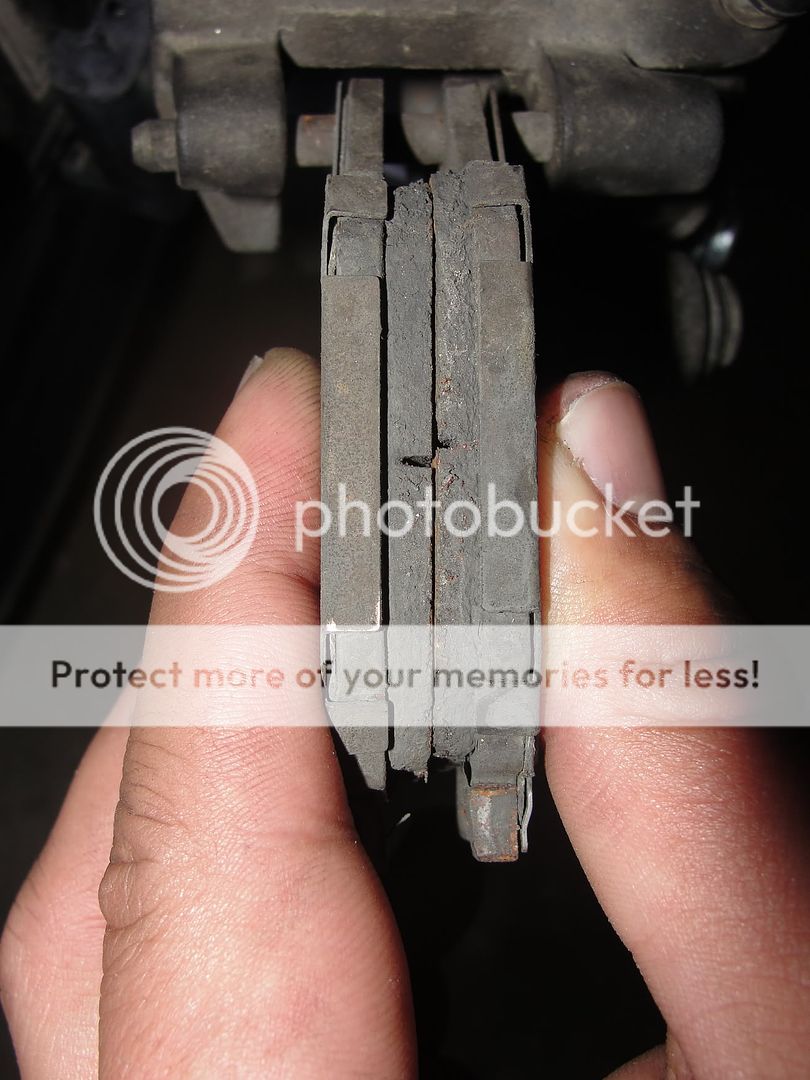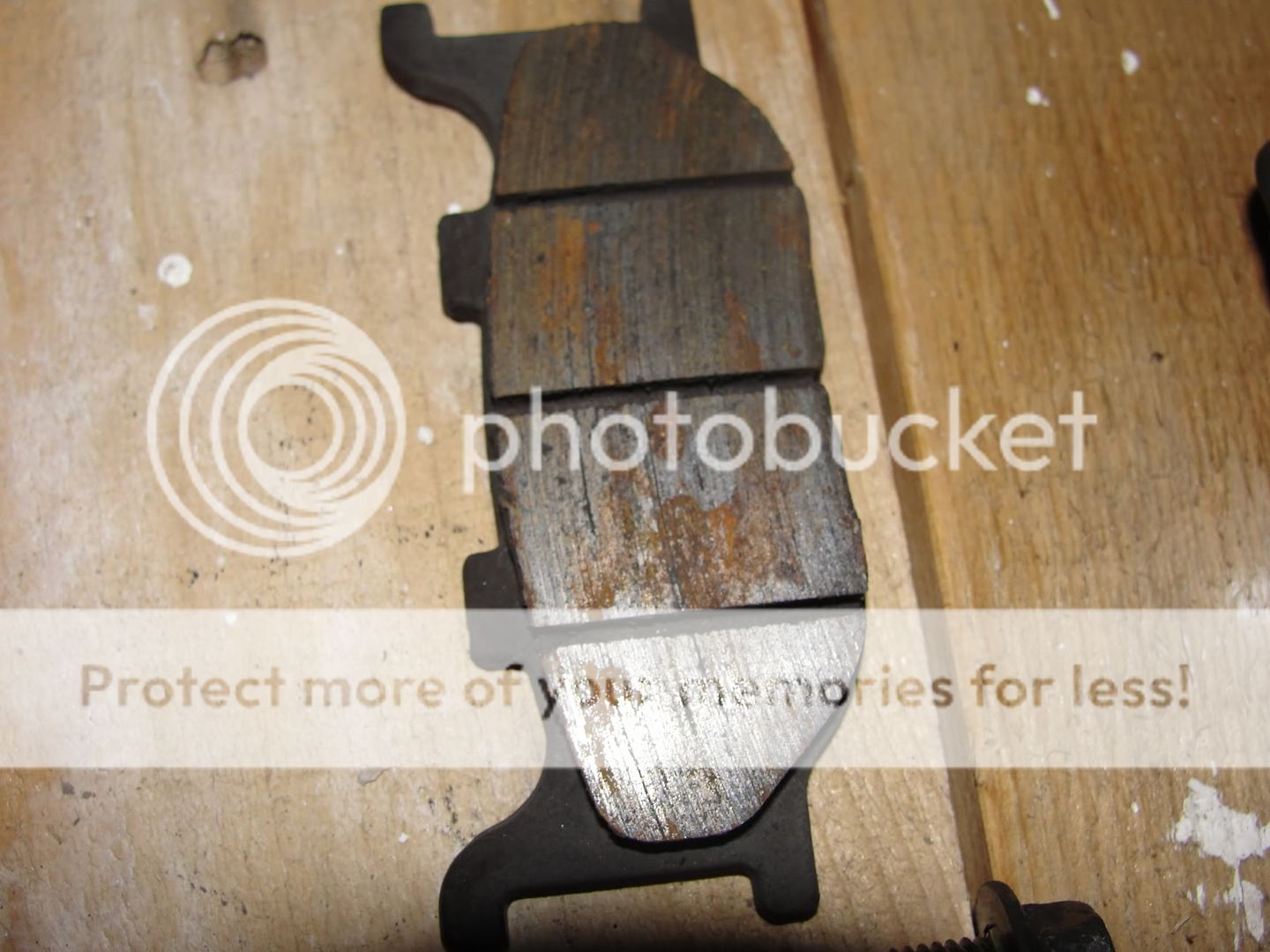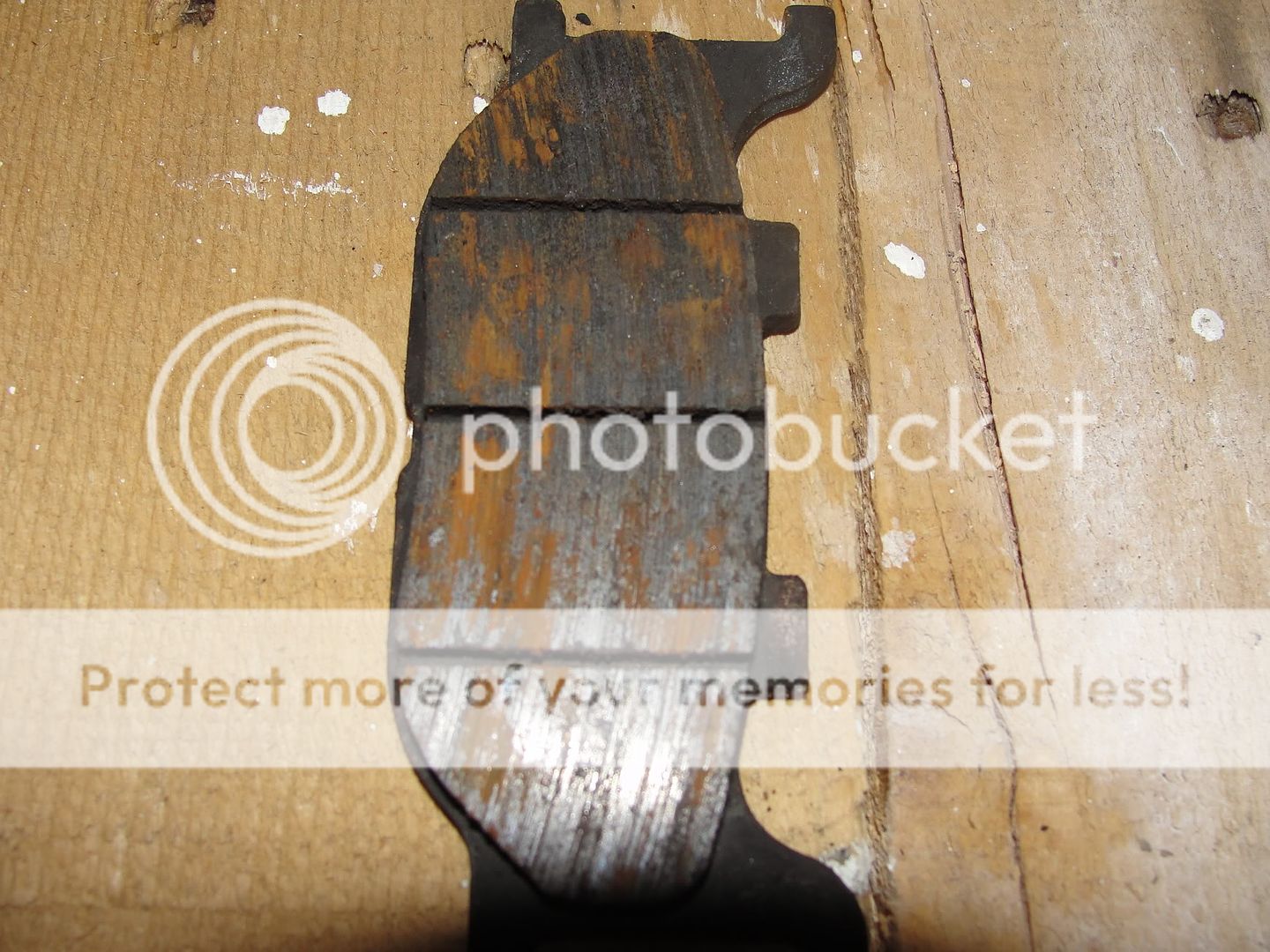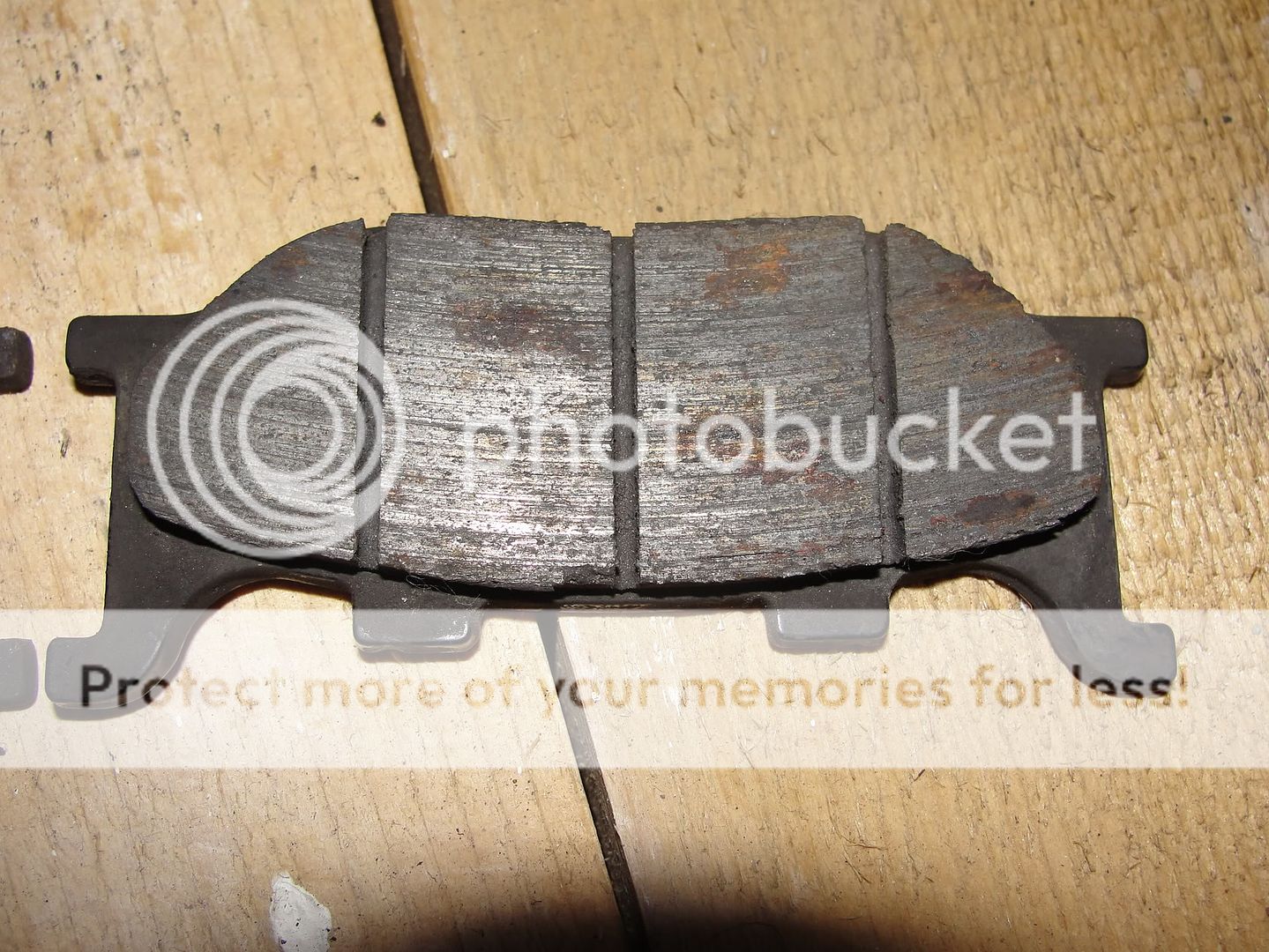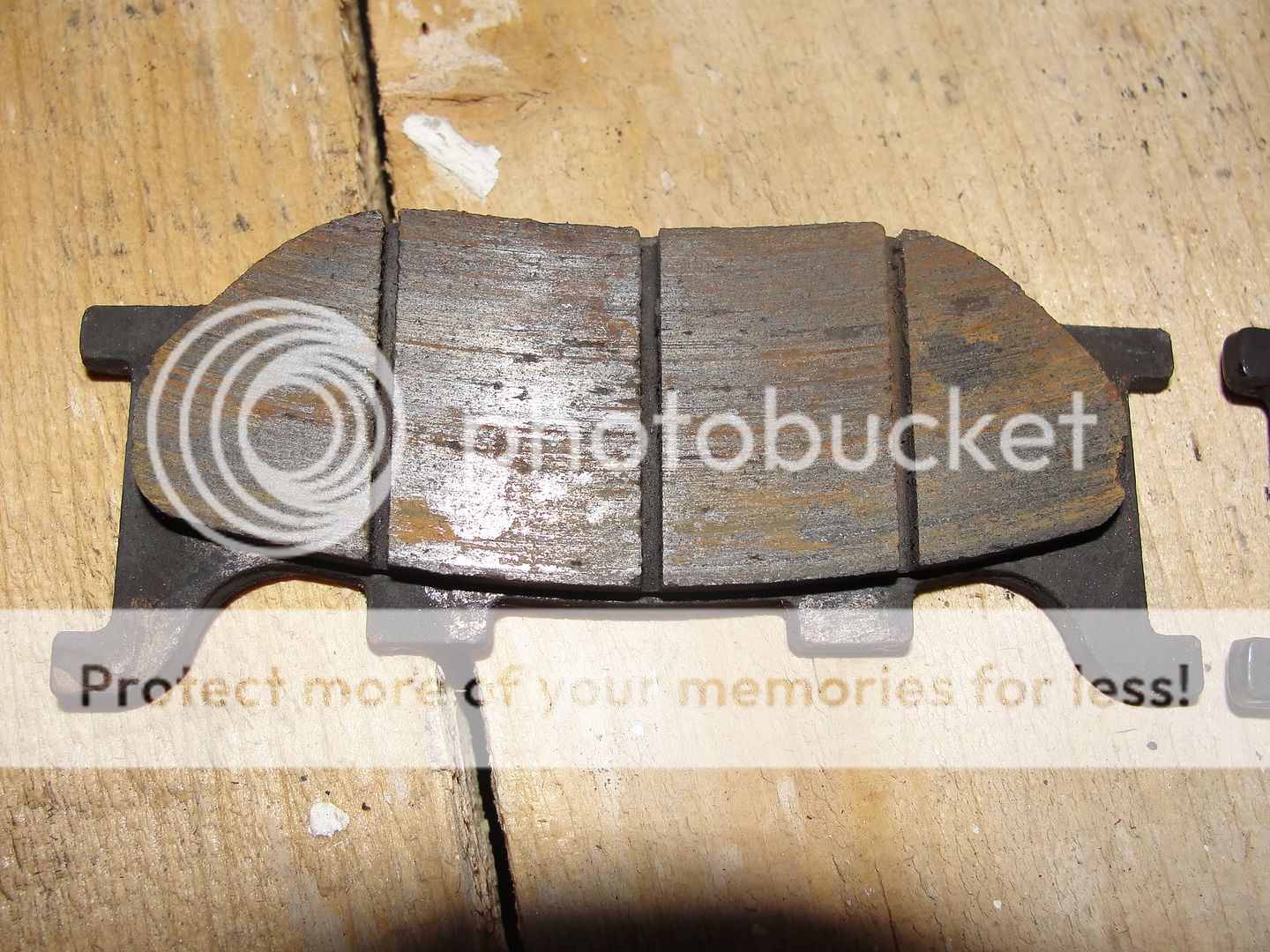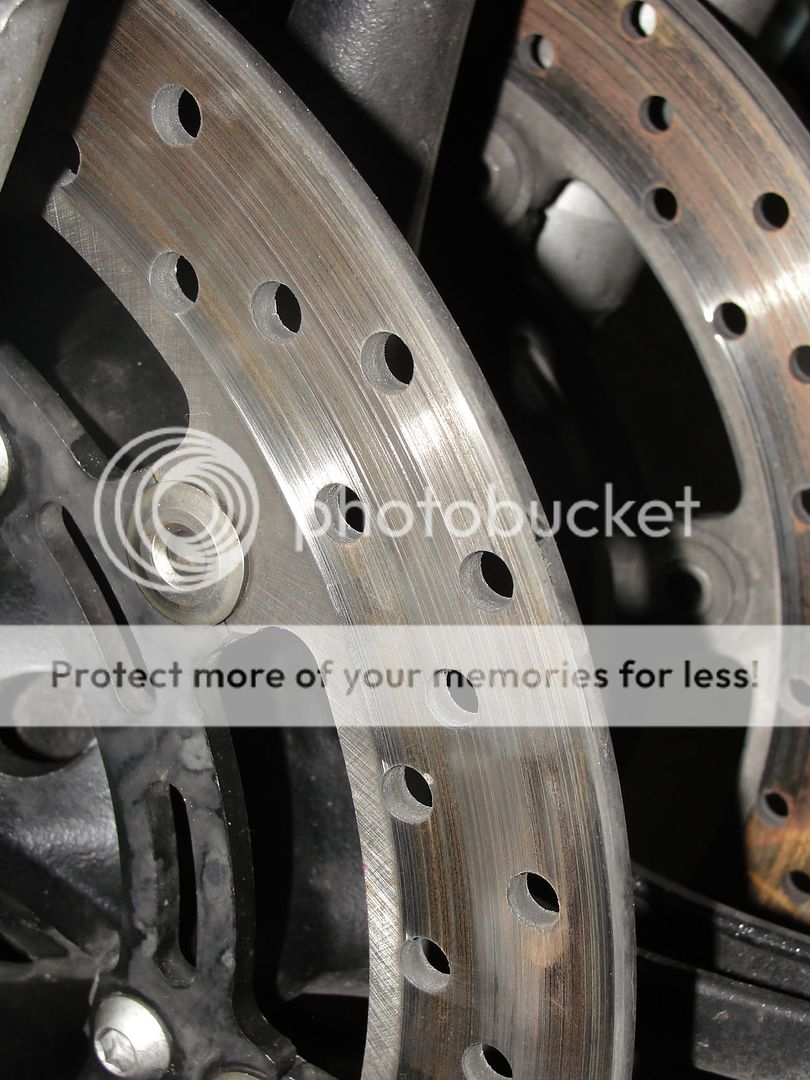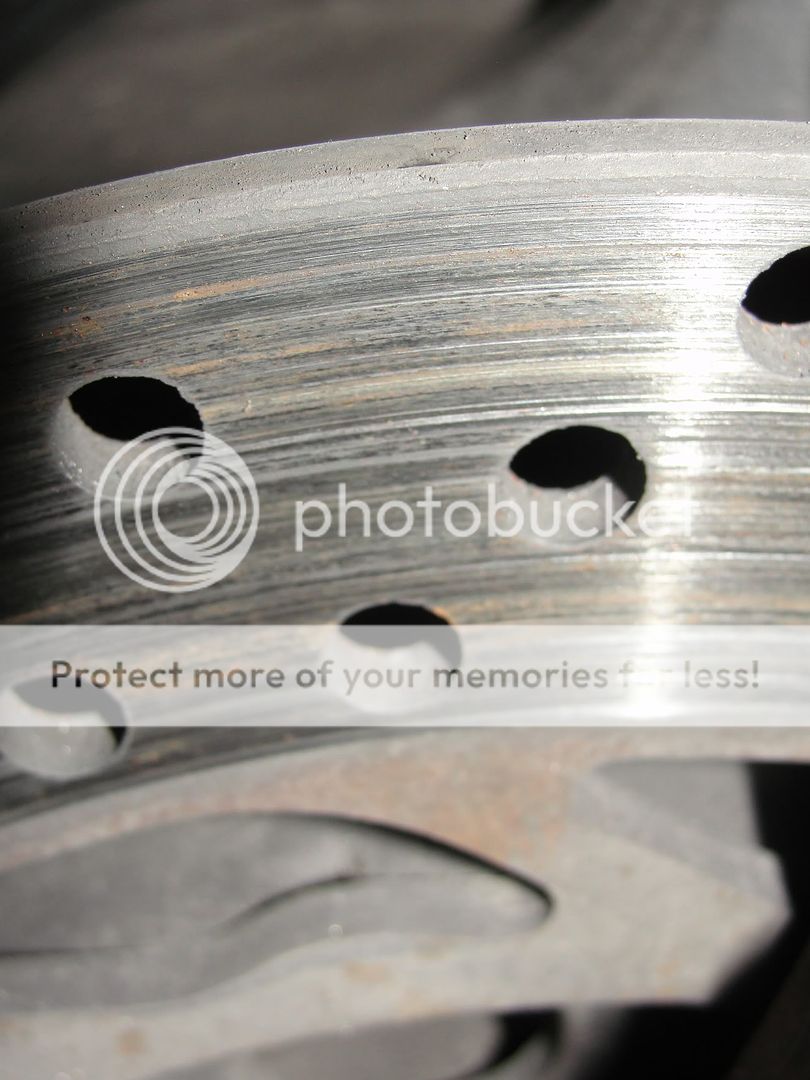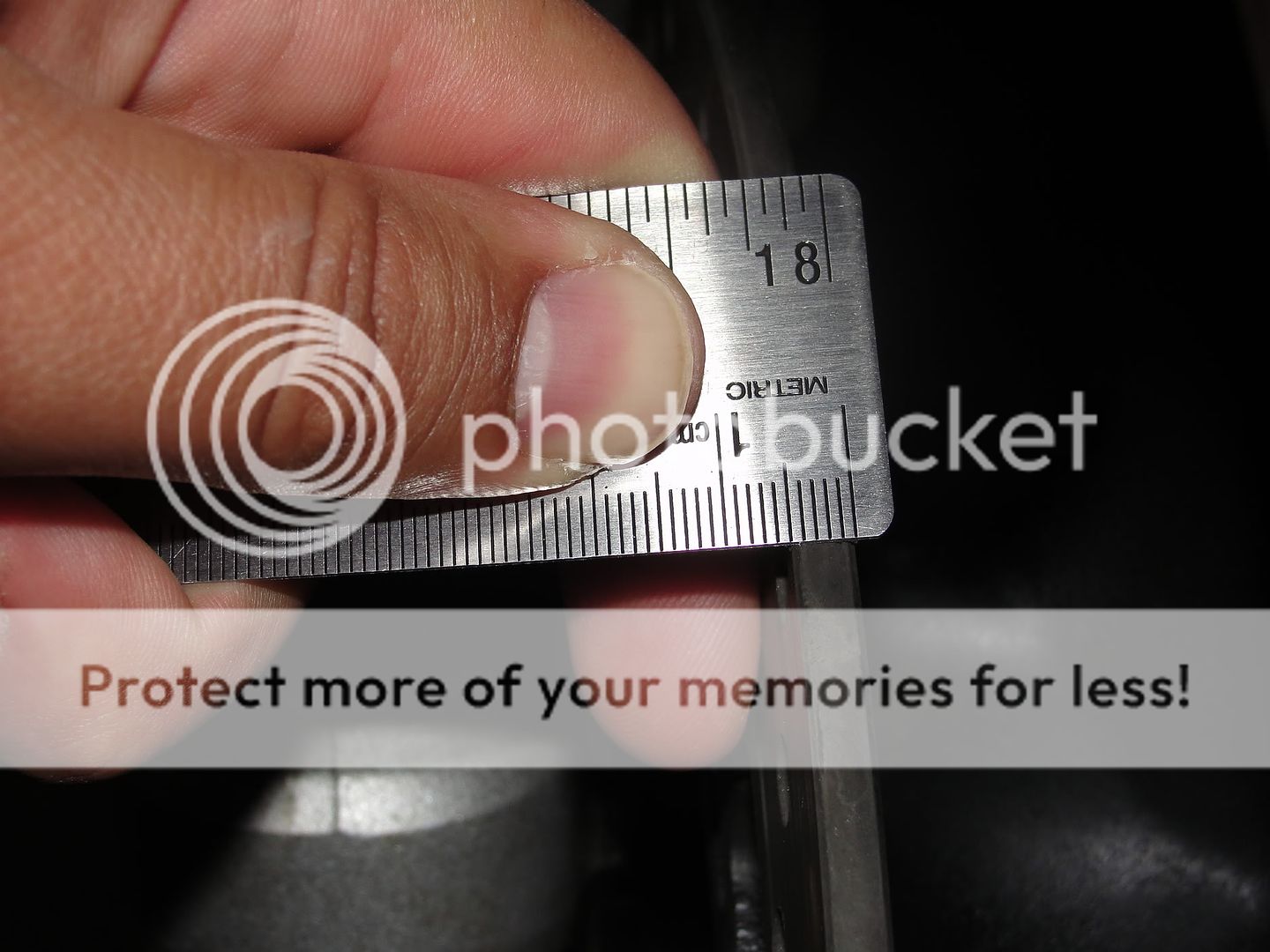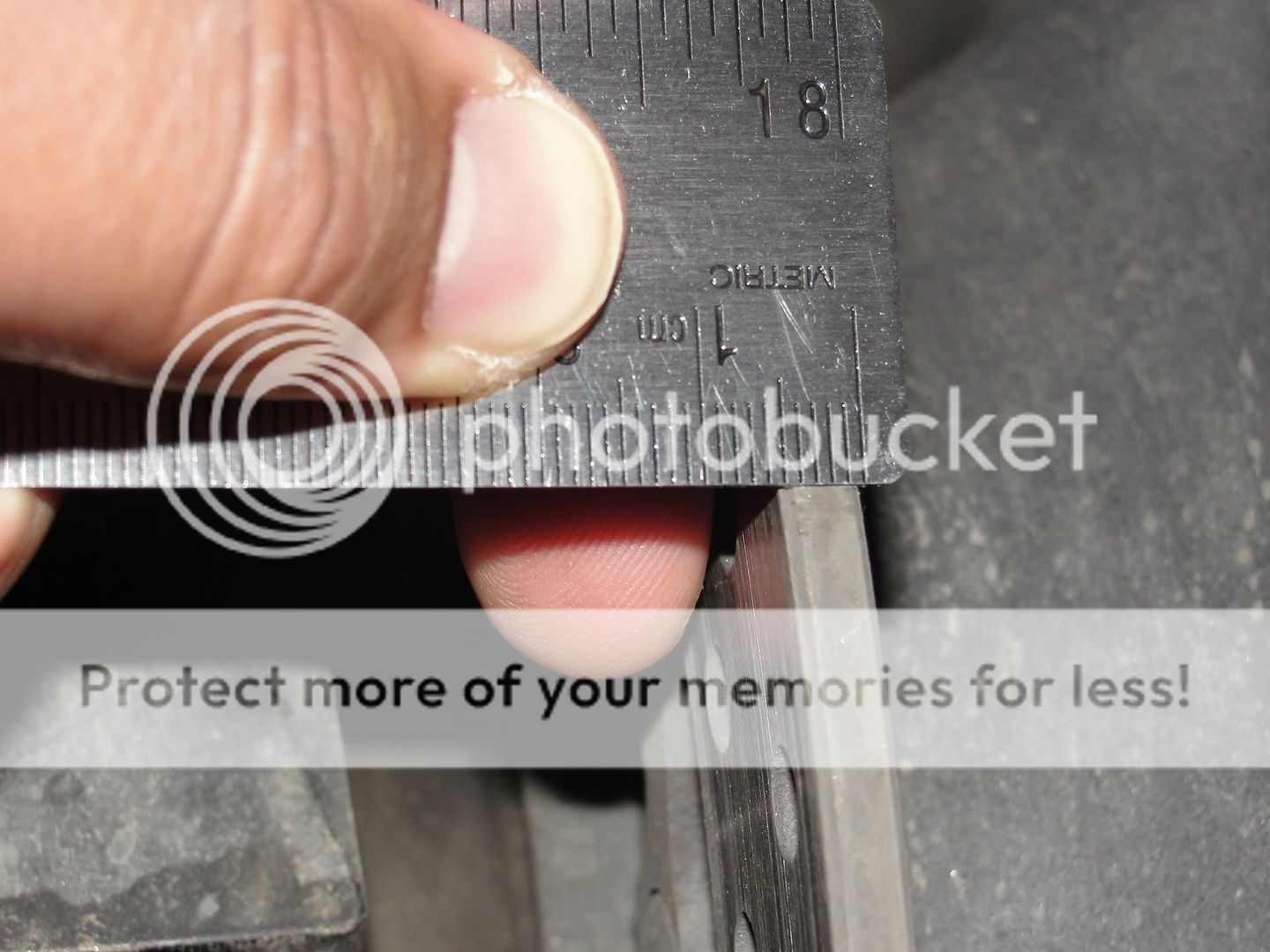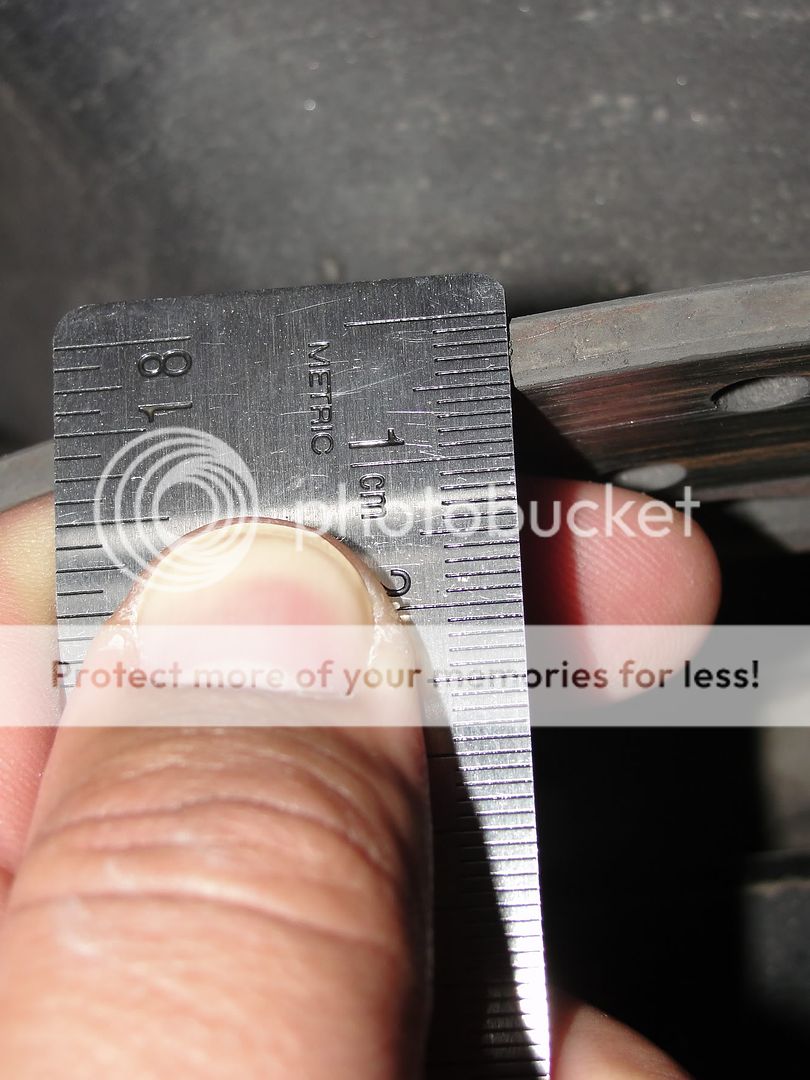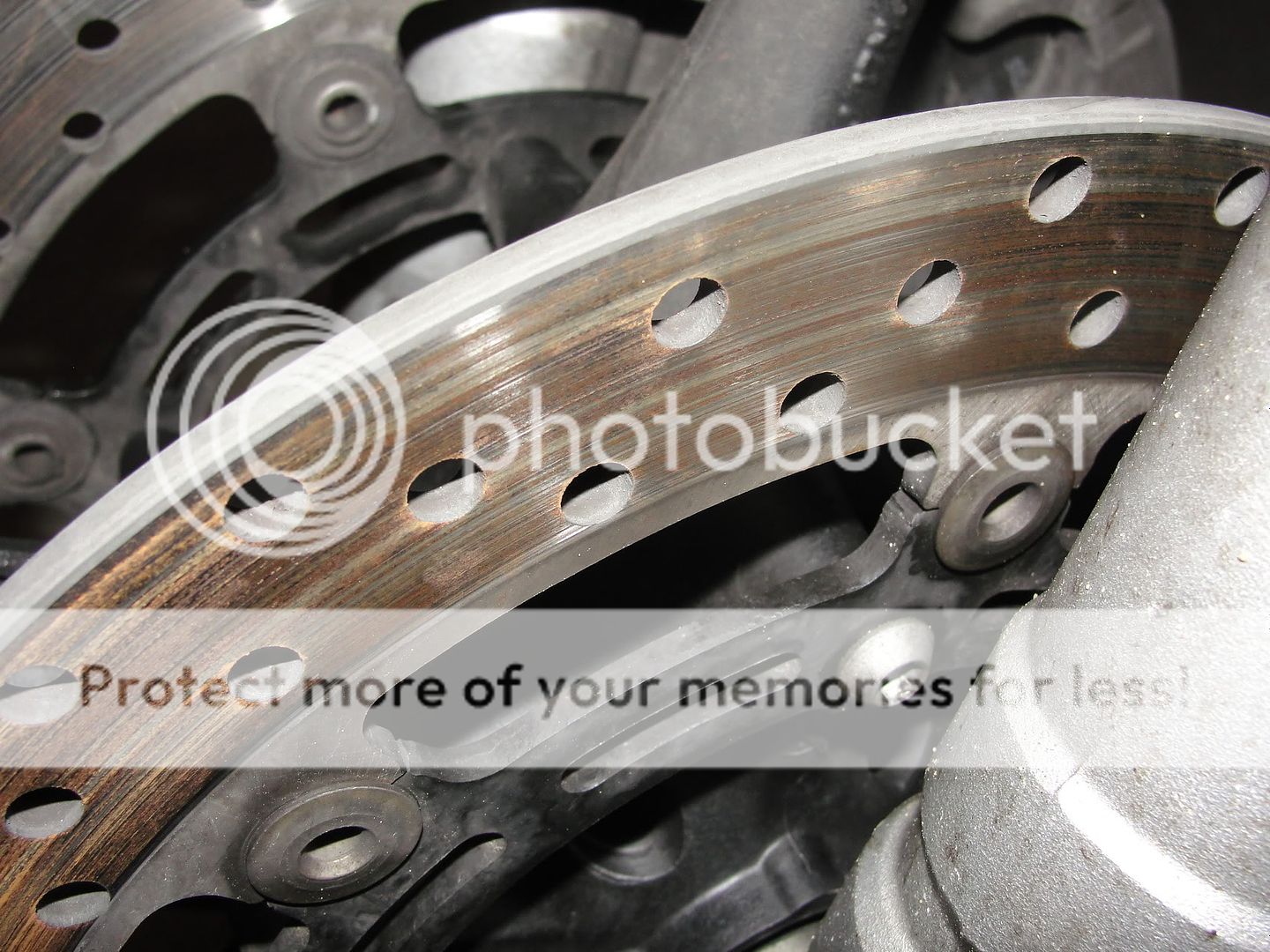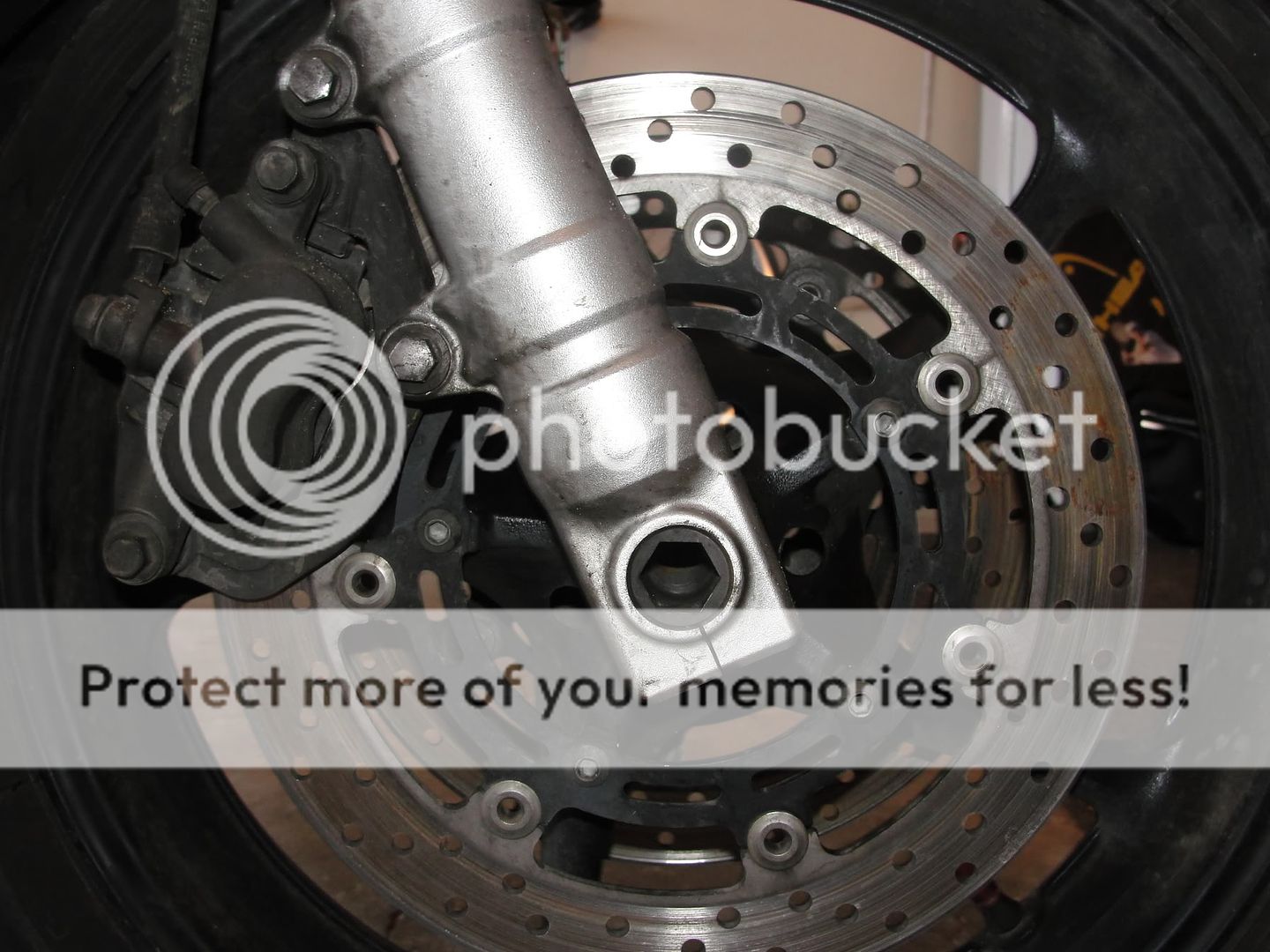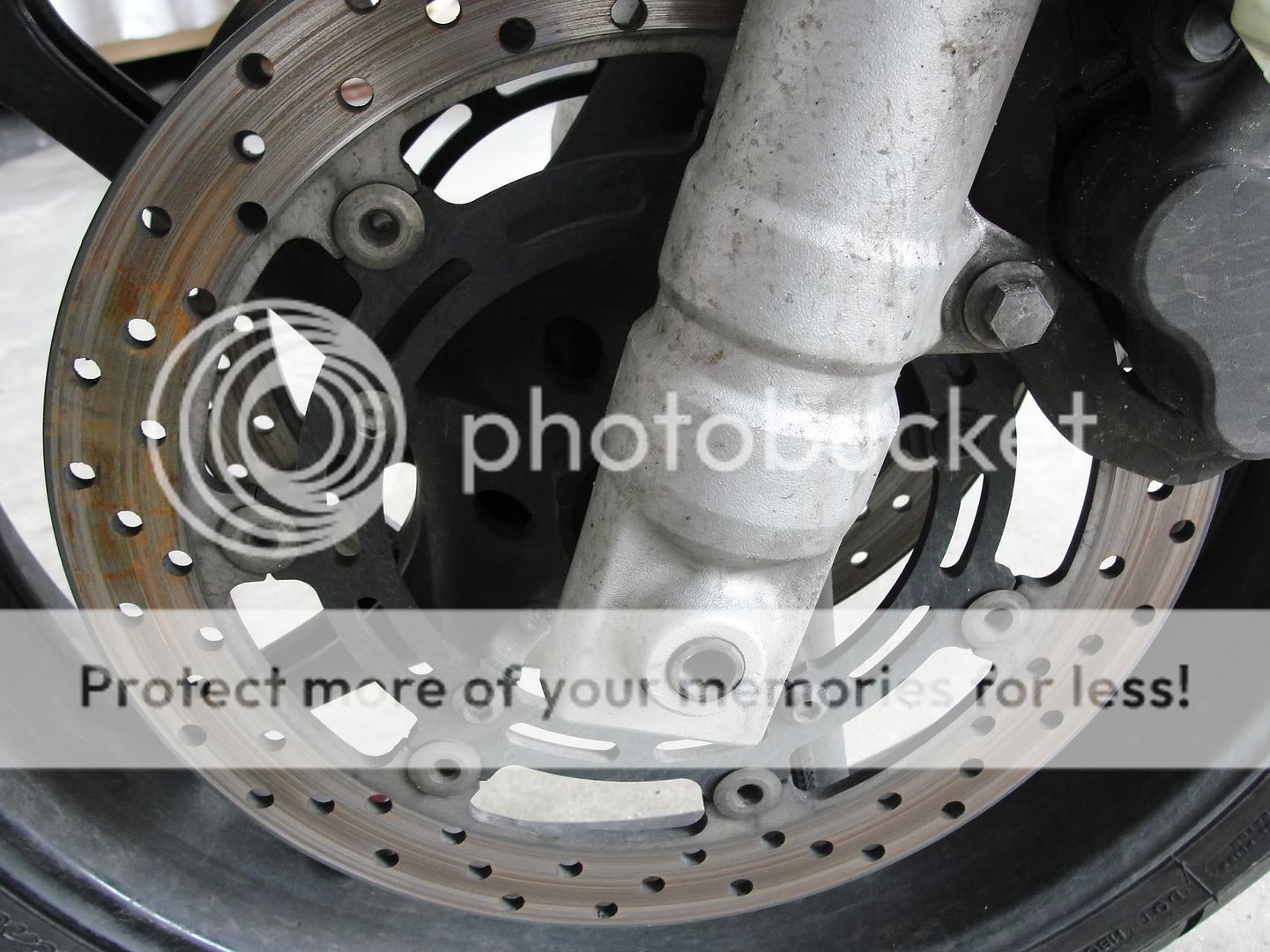They are looking rusty. Only been couple weeks since I banged up my knee and they are brown.
Kind of cut up too, not looking like theyre in great shape.
Question: when should you replace brake rotors?
I'll post pictures tonight (of the brake rotors, not of myself posing seductively, though if there is enough demand......)
Kind of cut up too, not looking like theyre in great shape.
Question: when should you replace brake rotors?
I'll post pictures tonight (of the brake rotors, not of myself posing seductively, though if there is enough demand......)
Last edited:

